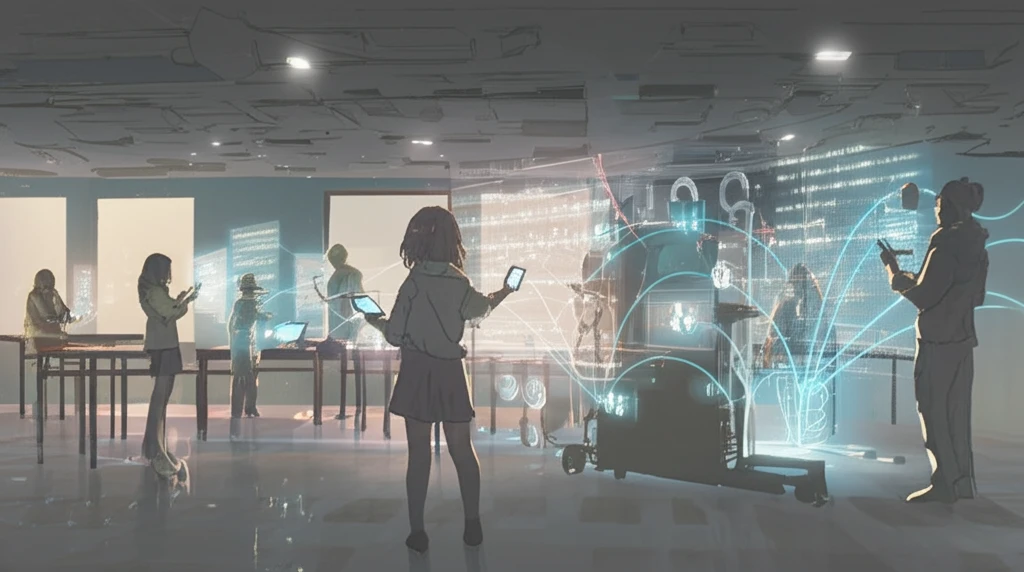
Unlock Engagement: How Real-Time Classroom Response Systems are Revolutionizing Education
"Discover the transformative power of classroom response systems (CRS) and how they boost student participation and learning outcomes."
Education is constantly evolving, much like a river that Heraclitus described as never being the same twice. Today's classrooms face new challenges and opportunities, particularly with the widespread use of personal mobile devices. Instead of banning these devices, educators are exploring how they can be integrated to enhance the learning experience.
One promising approach is the use of classroom response systems (CRS). These systems leverage technology to create more interactive and engaging lessons. This article delves into the experiences of implementing and using real-time classroom response systems, examining student opinions and practical results.
From ancient Greek societies where students gathered under olive trees to the modern digital classroom, the core goal remains the same: to facilitate effective learning. Today, integrating tools that promote active participation and provide immediate feedback is essential. The shift towards acknowledging student involvement, as advocated by Comenius in the 17th century, emphasizes making learning a pleasure rather than a chore.
The Rise of Classroom Response Systems

Classroom Response Systems (CRS) have evolved significantly over the years. Early systems, known as Audience Response Systems (ARS), relied on expensive hardware like clickers connected to a central computer. These systems were limited by cost and accessibility. However, with the proliferation of smartphones and tablets, Bring Your Own Device (BYOD) systems have become a viable and cost-effective alternative.
- Increased Engagement: CRS tools compel students to actively participate in the lesson, combating mind-wandering and fostering a more attentive learning environment.
- Immediate Feedback: Students receive instant feedback, clarifying misunderstandings and reinforcing correct answers. This immediate reinforcement boosts motivation and knowledge retention.
- Anonymous Participation: Shy students can participate without fear of judgment, promoting inclusivity and a broader range of perspectives.
- Data-Driven Insights: Teachers can collect and analyze data on student performance, enabling them to tailor their teaching methods and address knowledge gaps effectively.
Looking Ahead: The Future of Interactive Education
The integration of real-time classroom response systems represents a significant step towards creating more engaging and effective learning environments. While challenges remain, the benefits of increased student participation, immediate feedback, and data-driven insights are undeniable. As technology continues to evolve, educators must embrace innovative tools and methods to prepare students for the demands of the 21st century.
